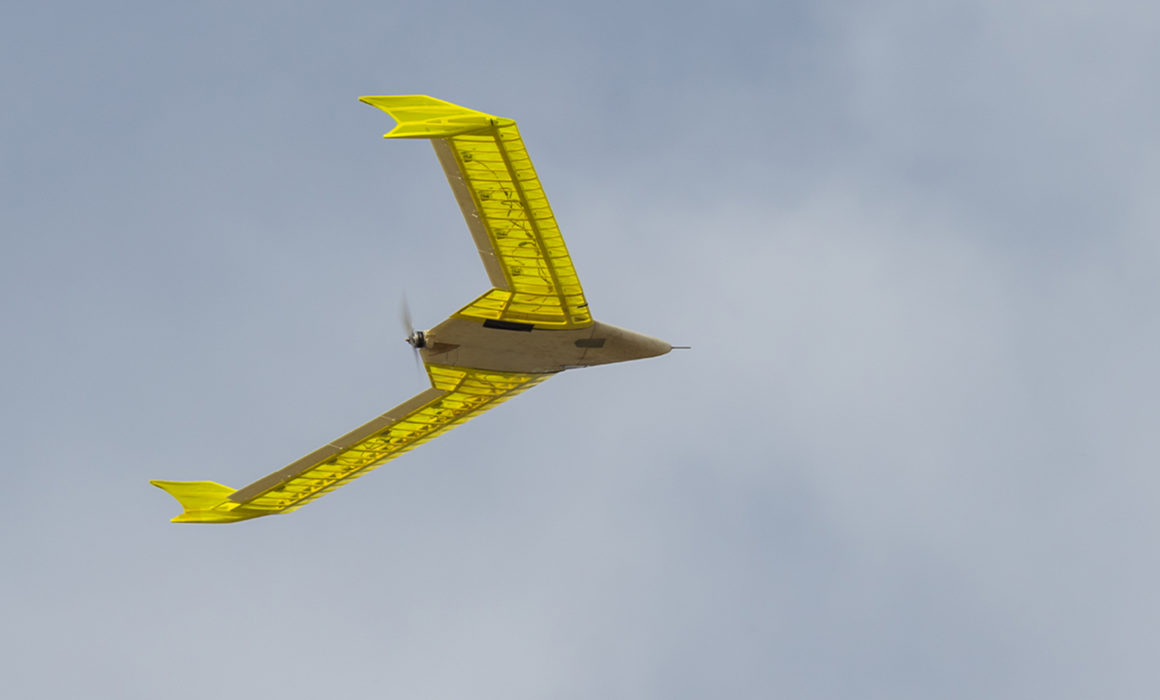Aircraft technology has come a long way since Wilbur and Orville Wright’s Kitty Hawk. Technion students have now conducted their first test flight using aircraft printed entirely on a 3D printer. The unmanned A3TB, Active Aeroelastic Aircraft Testbed, which won the student competition in the Israel Annual Conference on Aerospace Sciences, will serve as a cost-effective, experimental platform for testing wing flexibility and future aircraft design.
The research addresses the goal of designing aircraft that are lightweight and have a large wingspan, reducing the drag forces to cut consumption and pollution. But current methods often require complex, multidisciplinary R&D simulations in the lab as well as test flights that risk crashing. The 3D printed A3TB, which students at the Technion Faculty of Aerospace Engineering have been working on for two years, instead allows quicker and less expensive design changes compared to developing airplanes made of composite materials or metals.
The maiden test flight on May 15 demonstrated that the plane could fly straight and horizontal at sea level when launched from a moving vehicle. “The successful flight signals the starting point of an extensive program of research, testing, and design,” said Professor Daniella Raveh. “Since it is a test airplane that is expected to crash at some point, its features make it possible to make many improvements without large investments.”
Prof. Raveh and her students are currently working on an automatic control mechanism that will be installed on the second generation of the aircraft, A3TB-G2.



